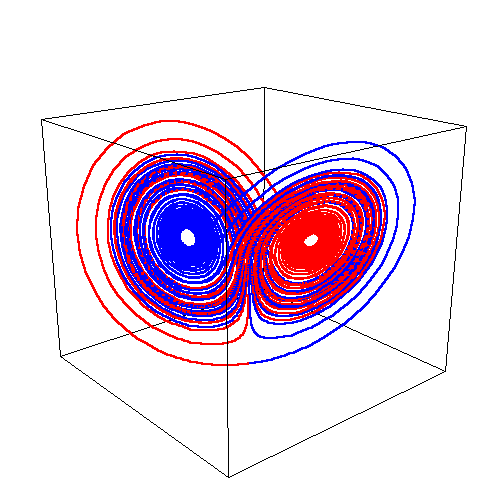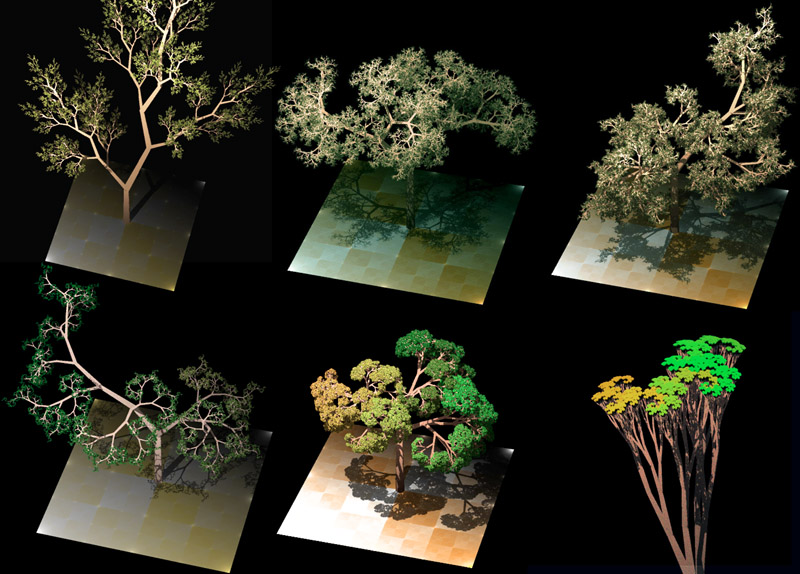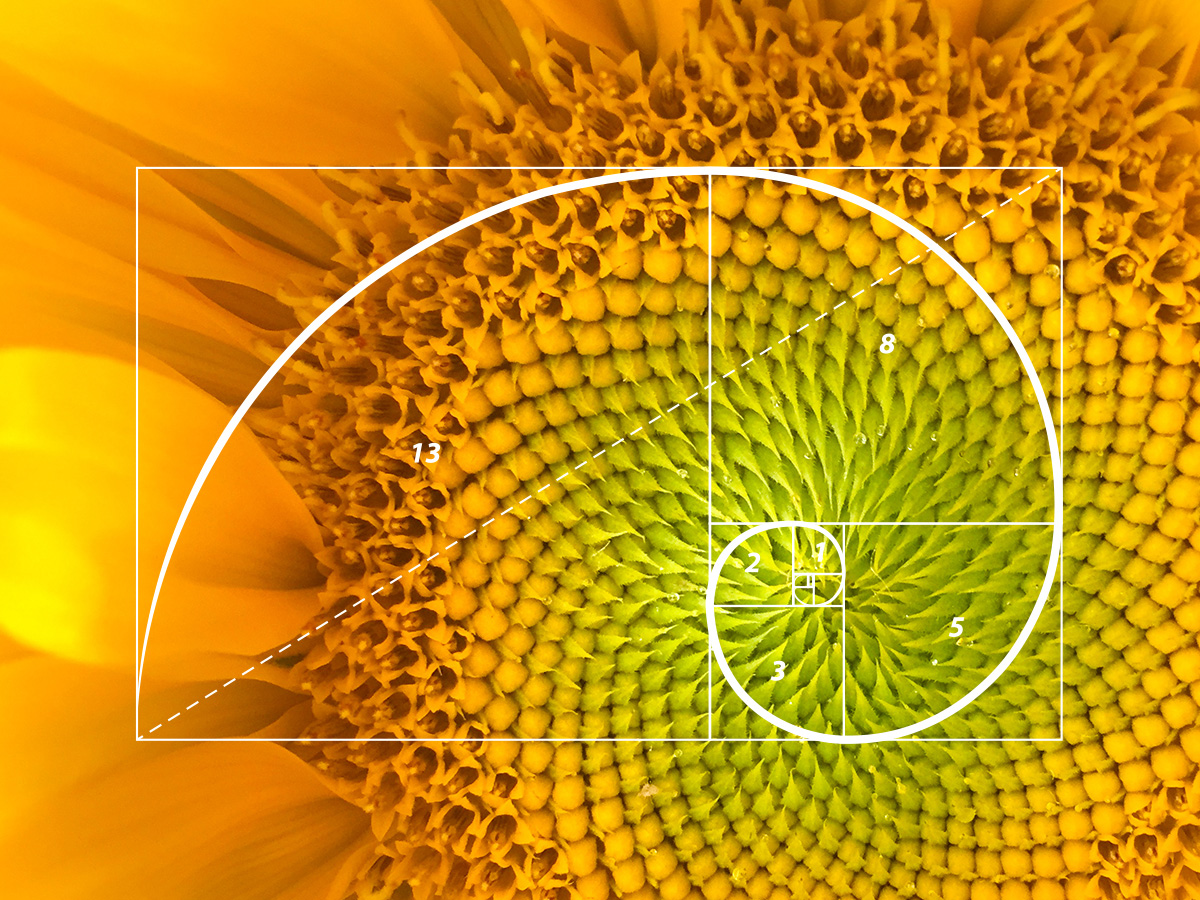Tuesday, February 25, 2025
Companion Links for chaos and logistic map lecture
Wolfram demo for the Logistic map and detailed study.
Java Code for Time Series of Logistic Map
GDScript Code for Logistic Map

Andrew Clem ~ Chaos theory contains a very nice explanation of the logistic map and the white bands of periodic behavior inside the chaotic range. Try r=3.84 in the demo used in class, to see a cycle of 3 arise.
See also The birth of period 3, revisited.

Applications of constrained chaos:
Two-dimensional constrained chaos and industrial revolution cycles: "Since the 1760s, at least three industrial revolutions have occurred. To explain this phenomenon, we introduce two-dimensional (2D) constrained chaos. Using a model of innovation dynamics, we show that an industrial-revolution-like technology burst, driven by investment/saving motives for R&D activities, recurs about every one hundred years if the monopolistic use of a new technology lasts about 8 y." Full paper @PNAS.
Non-equilibrium early-warning signals for critical transitions in ecological systems. "We employ landscape-flux theory from nonequilibrium statistical mechanics as a general framework to quantify the global stability of ecological systems and provide warning signals for critical transitions." Full paper @ PNAS.
Labels: #chaos, #logisticMap
Monday, February 24, 2025
Companion links for "Dynamical Systems and Attractor Behavior" lecture

Turing Reaction-Diffusion Model of Morphogenesis by Kele W. Cable: a demo by Chris Jennings .
Graphics Research on Reaction-Diffusion
synthetic texture using reaction-diffusion
Reaction-Diffusion in gene expression of digit determination (in mouse)
Validation of predicted patternsin Turing diffusion (in abiological droplets)
Revising the Turing model with biological evidence (in zebrafish)
Turing-type polyamide membranes for water purification
Expanding theoretical models (ABM and others)
Reaction-Diffusion in various areas.
3-Body Gravitational Problem 3-Body Problem in JavaScript

Lorenz Attractor Demo
Wolfram Projects Demo
Plotting Edward Lorenz's 1963 "Deterministic Nonperiodic Flow" in a 3-dimensional space using mplot3d.
Sensitive dependence on initial conditions in the Lorenz Attractor (Python code). Wolfram Sensitivity To Initial Conditions Demo.

Labels: #Attractors, #chaos, #DynamicalSystems, #Dynamics, #ReactionDiffusion, #Turing
Monday, February 17, 2025
Companion links for Self-Similarity and L-Systems Lecture
- The Koch Curve Fractal, and a generator.
- The Koch Snowflake, and a demo and another.
L-Systems
- A good description and demos by Chris Jennings
- Source Code from Gary Flake's Computational Beauty of Nature Book
- Generate an L-System. An alternative generator, and Another HTML Generator.
- Code for a L-System Explorer
- The Algorithmic Beauty of Plants
- Self-similar syncopations: Fibonacci, L-systems, limericks and ragtime.
- Musical L-Systems by Stelios Manousakis and the Symbolic Composer

3D Genbots using L-systems
The GOLEM Project.
See also the research pages pages of Karl Sims, Jordan Pollack, Hod Lipson, Josh Bongard, and Dario Floreano.
Labels: #development, #fractals, #Lsystems, #morphogenesis, Class Links
Lecture notes (Chapter 3): Modeling the World and Systems Approach to Life

Labels: #artificallife, #computationalBiology, #Hertz, #information, #modeling, #SystemsBiology, #SystemsScience
Friday, February 14, 2025
T cell specificity from partial information

Labels: #immunesystem, #infomation
Thursday, February 13, 2025
LLMs and World Models
Labels: #AI, #InternalModels, #LLM, #modeling
Monday, February 10, 2025
Links for "Modeling Principles of Organization" lecture
- Fibonacci numbers in Nature. The Romanesco Vegetable.
- Fibonacci Spiral Demo. Another Demo.
- Fibonacci Music
The magic of Fibonacci numbers by Arthur Benjamin
Peter Hilton (1923-2010) discusses intriguing number tricks that can be explained by analysing the properties of Fibonacci numbers and the related Lucas numbers. The explanations themselves benefit from further explanations which, in their turn, lead to further discoveries. Recorded at Imperial College London during the 1996 London Mathematical Society Popular Lecture series.
D'Arcy Thompson
- In retrospect: On Growth and Form by Phillip Ball.
- D'Arcy Thompson's Affine Fish Transformations @ Wolfram
- S.J. Gould. [1971] "D'Arcy Thompson and the Science of Form". New Literary History, 2 (2): 229-258
- W. Arthur [2006]. "D'Arcy Thompson and the theory of transformations".Nature Reviews Genetics 7, 401-406.
- Geometry of Growth and Form: Commentary on D'Arcy Thompson
- Java applet for shell sketching
Patterns of Life – D’Arcy Thompson, Structuralism and the Shape of Life
Treasures of the Library 5. D'Arcy Thompson, On growth and form
BLOOMS: Strobe Animated Sculptures Invented by John Edmark from Charlie Nordstrom on Vimeo. "This series of 3D printed sculptures was designed in such a way that the appendages match Fibonacci's Sequence, a mathematical sequence that manifests naturally in objects like sunflowers and pinecones. When the sculptures are spun at just the right frequency under a strobe light, a rather magical effect occurs: the sculptures seem to be animated or alive!"
Labels: #DArcyThompson, #Fibonacci, #modeling, #morphogenesis, #recursion, ClassLinks


